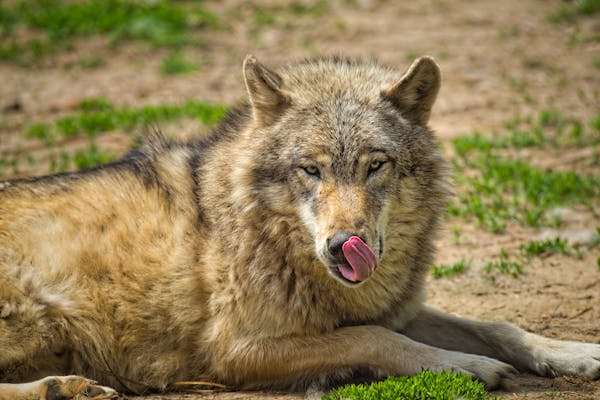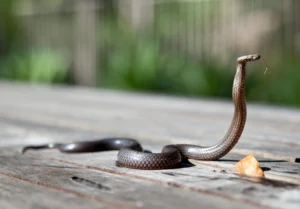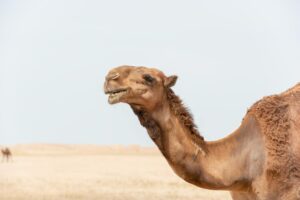Differences in animal personalities and temperaments

In addition to investigating the concept of aposematism, the new study reinforces the idea that the personalities of animals within the same family vary within their groups. For example, one bold coyote was sprayed nine times, which is the maximum amount possible according to the experimental design.
When anyone encounters a striped skunk, they will immediately realize that they need to distance themselves before being overwhelmed by its foul odor. The notion that this type of mammal, found in North America, is considered a nuisance is widespread, from field guides to the cartoons .
But how do wild animals know that the skunk possesses such a powerful spray?
Giant predators like bears, wolves, and mountain lions rarely attack black-and-white creatures, but scientists have never studied whether the black and white stripes of skunks are repellent signs or warning colors.
Ted Stankovich, a behavioral ecologist and director of the Mammal Lab at California State University, Long Beach, and his colleagues have made a new discovery: most predators are not necessarily born with an instinctive fear of skunks but learn through trial and error to avoid them. Stankovic says, “But these are just personal assumptions on our part.”
Experiments with a foul smell!
Scientists resorted, for experimental purposes, to a group of coyotes in Utah, which were either born in captivity or removed from the wild before leaving their birth dens.
All possible efforts are made to preserve wildlife at the 165-acre predator research facility, which is managed through a partnership between the National Wildlife Research Center of the U.S. Department of Agriculture and Utah State University. Co-author Julie Young, a specialist in animal behavior science, says: “49 coyotes in the first phase of the experiment learned that they could get free food if they approached a skunk-sized model covered in brown fur.”
These predators emerged from the experiment with enough courage to eat the food placed next to the brown models and were ready to undergo a second experiment in which the brown fur was replaced with black and white fur. But unlike the harmless brown models, the black-and-white models included a hidden small nozzle controlled remotely, through which skunk spray was sprayed on the wolves’ faces.
To ensure the safety of the coyotes during the experiment, the scientists used a spray solution containing only 0.9% skunk oil. This experiment allowed scientists to observe coyotes that had never encountered a skunk before learning that things with black and white colors are a sign of danger.
Among the 36 coyotes that reached this part of the experiment, 71.9% learned to completely avoid skunklike animals. Moreover, it only took an average of 2.4 sprays to learn the lesson, although Stankovic suspects that this number could drop to one spray if they used the original 100% Skunk spray.
Interestingly, the scientists also found that four of the coyotes in the experiment did not approach the black-and-white models at all, despite having no problem approaching and eating the brown models. Stankovic says this is likely to happen because the stark contrast between black and white is enough to scare them. In other words, both nurture and nature help coyotes learn to avoid striped skunks.
However, the same combination of factors also applies to other types of skunks, such as the spotted skunk and the hooded skunk. He adds: “There is a prior readiness to be cautious of the black-and-white signs, in addition to the strong factor of learning through experience.”




